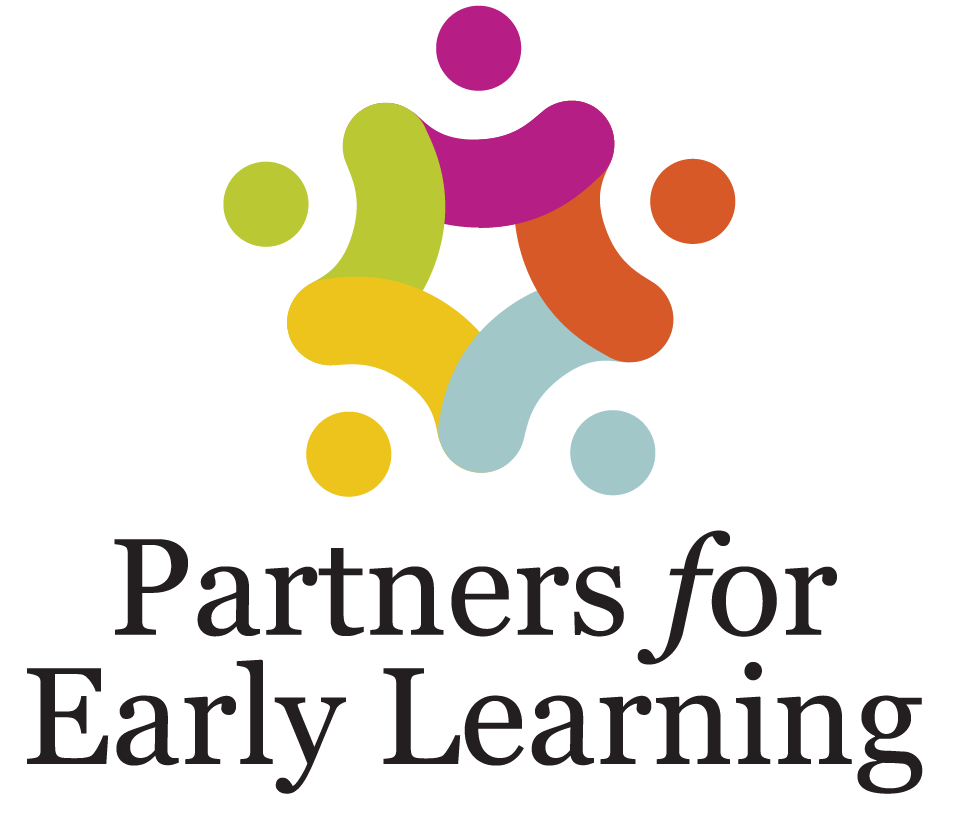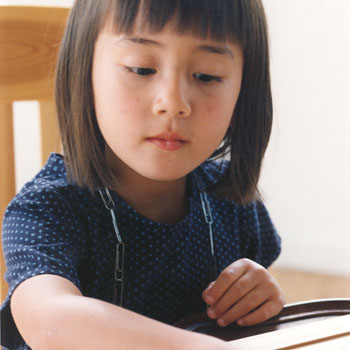Before children are about 4 years old, they don’t understand that their view of an object and someone else’s view of that object might be different. In other words, young children have trouble understanding that people might have different perceptions of the same object. By around age 4, they gain a better understanding of the different visual perspectives people may have. In one experiment, a picture of a turtle was placed in the middle of a table between an adult and a child. To the adult, the turtle appeared upside down, while to the child, it appeared to be on its feet. By age 4, children could describe the adult’s view of the turtle, and they understood that their view of it differed from the adult’s.
References:
Masangkay, Z. S., McCluskey, K. A., McIntyre, C. W., Sims-Knight, J., Vaughn, B. E., & Flavell, J. H. (1974). The early development of inferences about the visual percepts of others. Child Development, 45, 237

